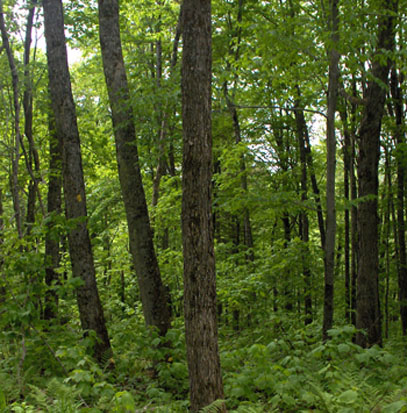Many landowners have read about or know families who conserve portions or all of their land with a Conservation Easement (CE), also known as a Conservation Restriction in Massachusetts. A conservation easement is the permanent separation of the development rights from a property. The land subject to the CE can never be used for building houses, paved over, mined for gravel or other minerals and cannot be subdivided into smaller parcels. Conservation organizations, state and federal agencies encourage this type of natural resource conservation because of the benefits they provide for human health. Key ecosystem services such as clean air, clean water, wildlife habitat, recreation, scenic vistas, are just a few of the more significant values. A recent publication by scientists at the Harvard Forest, Wildlands and Woodland: A Vision for the New England Landscape, identified a goal of conserving 70% of the New England landscape in forest to achieve the goals of clean air and clean water, at a cost far less than making these critical human needs artificially.
How does a landowner decide which portions of their land to conserve and how does a decision to conserve land impact future opportunities to capture value from that land? Are wind towers and solar arrays compatible with CE’s? Can a landowner identify areas for future development that are suitable for that purpose and how does one know if the identified land is suitable? Does the public have a right to go onto land that is conserved with a CE? What is the liability for a landowner who chooses to allow public access for a trail or broad access for hunting and fishing? How are the sales of carbon credits or timber and cordwood impacted by a CE? How does a landowner find the right qualified organization to hold their CE and what will it cost? Can a landowner be paid to place a CE on their property?
These are all important questions that can be addressed in part by a new LandVest analysis called the Natural Capital Assessment. Examining how each of these current and potential income streams for a property impact each other and how they can be addressed in a CE document to preserve present and future income opportunities is the focus of this low cost but effective method of analysis not only for landowners but also for fiduciaries who are responsible for their clients property or the public interest in land.
The important questions above will be addressed in future blogs, but I welcome comments and suggestions from all of our readers.
____________________
For more information on conservation easements, contact Keith Ross at kross@landvest.com.
Click for more information regarding LandVest’s Conservation and Real Estate Consulting Services.



